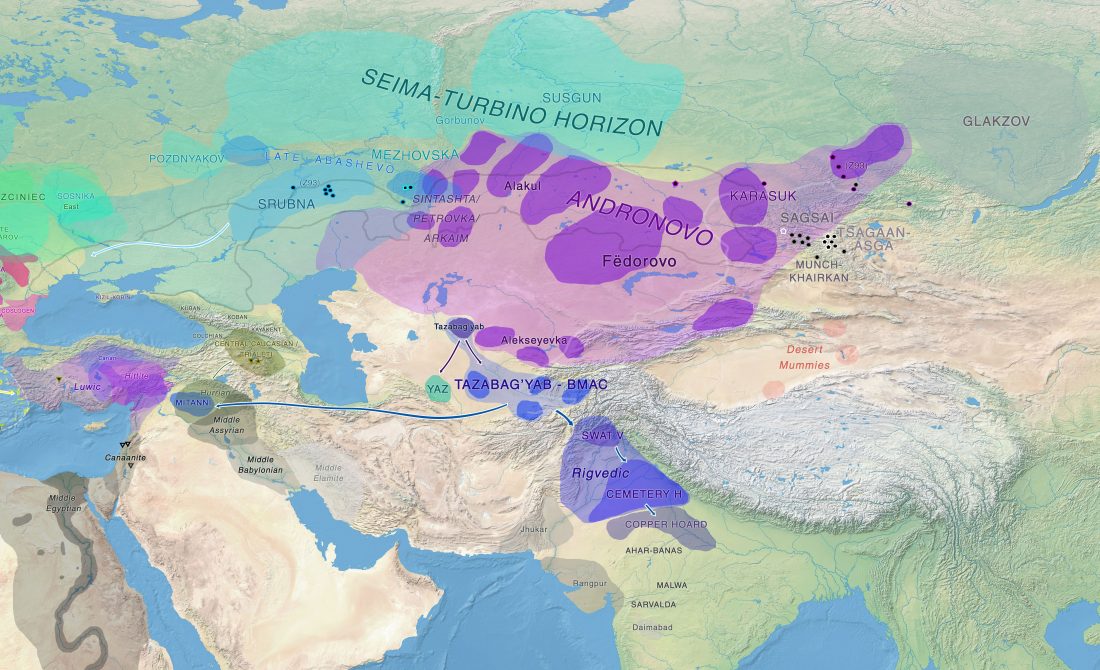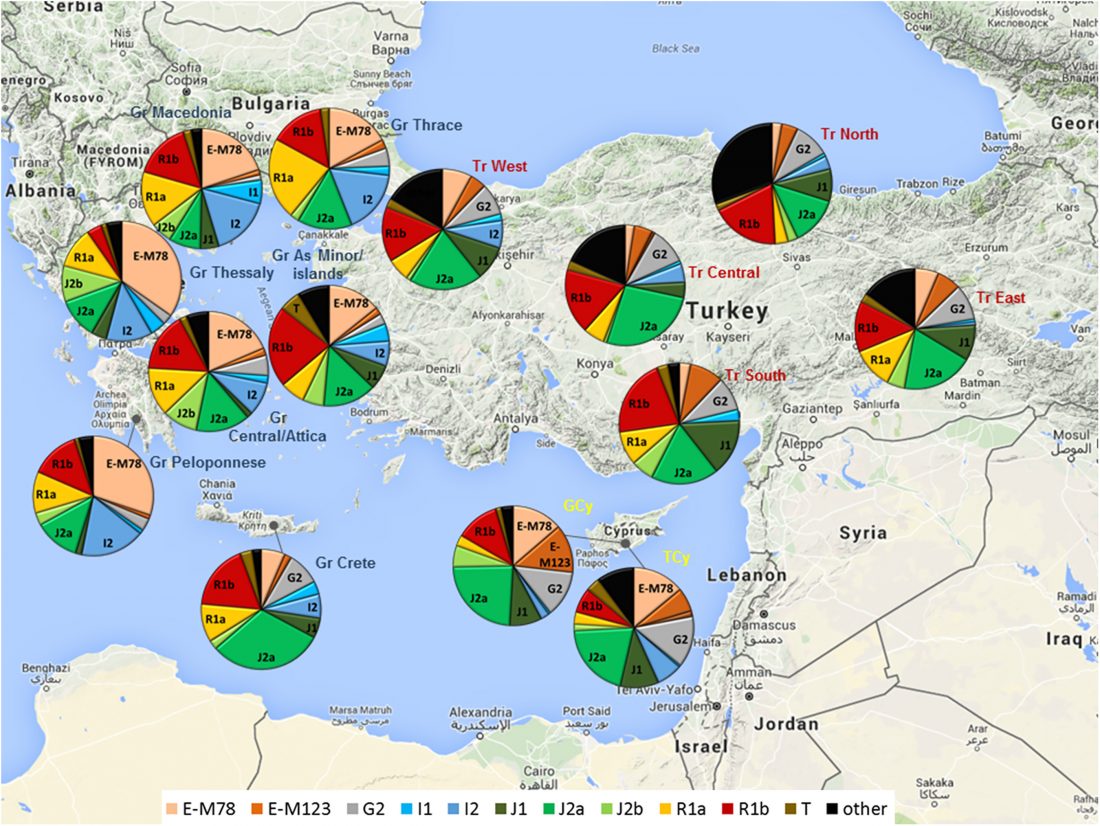New open article Ancient Human Migrations to and through Jammu Kashmir- India were not of Males Exclusively, by Sharma et al., Scientific Reports 8, N. 851 (2018)
Abstract:
… Read the rest “Mitogenomes show ancient human migrations to and through North-East India not of males exclusively”Jammu and Kashmir (J&K), the Northern most State of India, has been under-represented or altogether absent in most of the phylogenetic studies carried out in literature, despite its strategic location in the Himalayan region. Nonetheless, this region may have acted as a corridor to various migrations to and from mainland India, Eurasia or northeast Asia. The belief goes that most of the migrations post-late-Pleistocene were mainly male dominated, primarily associated with

